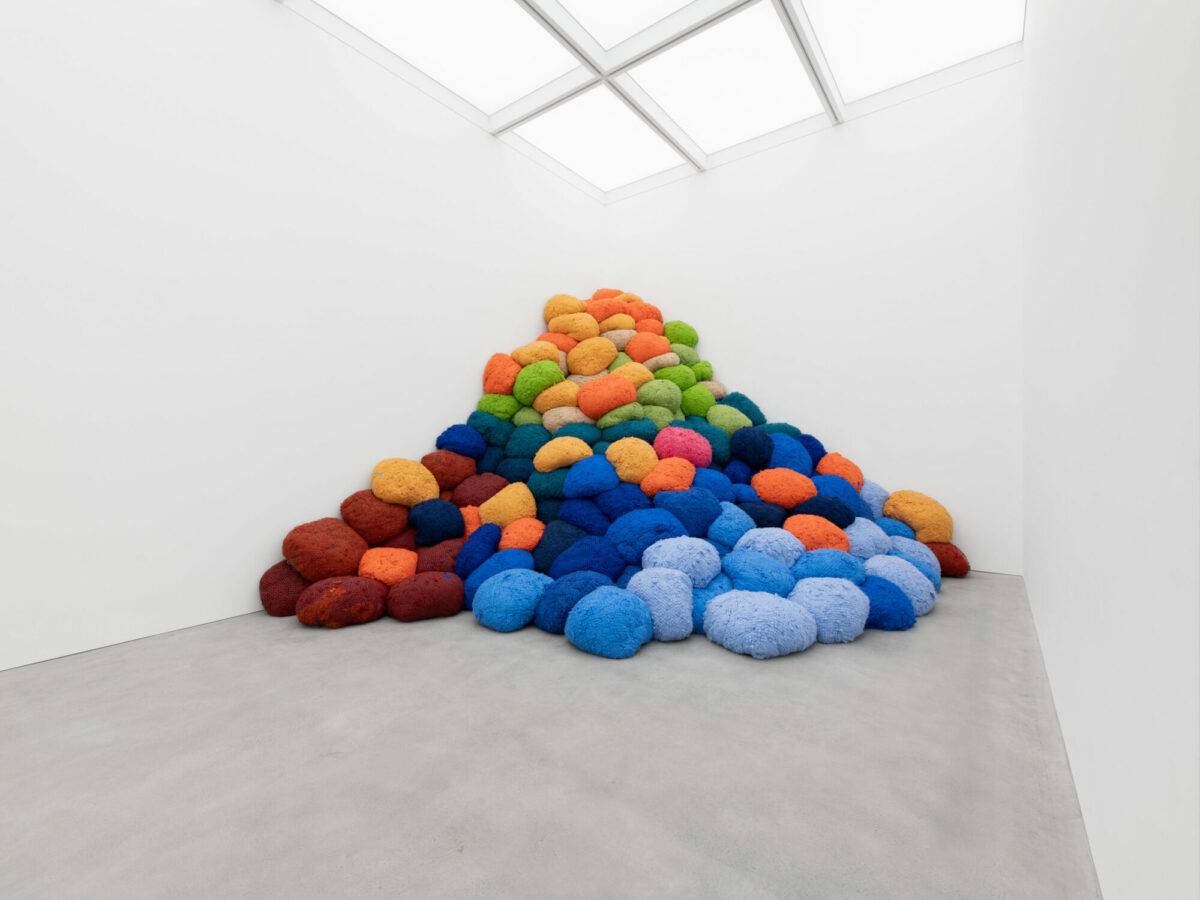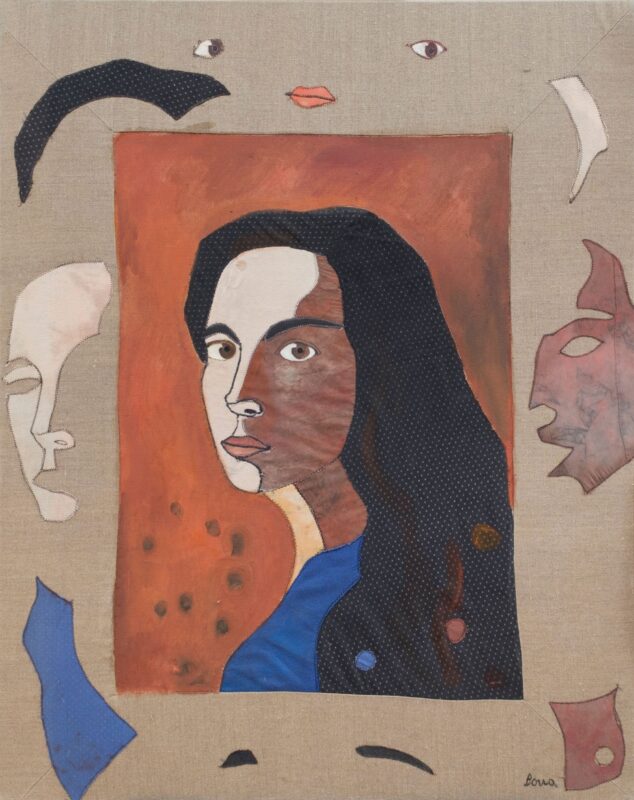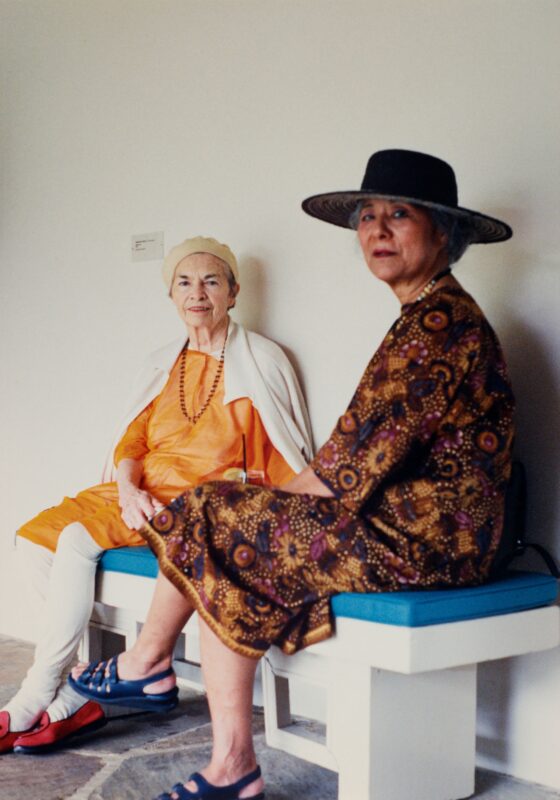
Installation view of Sheila Hicks’ ‘Infinite Potential’ 2023 – Pigmented acrylic fibre, 270 x 786 x 600 cm
Alison Jacques, 22 Cork Street, London W1S 3NG
alisonjacques.com Instagram: @alisonjacquesgallery
Alison Jacques’ new space is directly opposite Waddington Custot – where she had her first permanent gallery job. Leslie Waddington, she says, ‘really took me under his wing’. She then set up Asprey Jacques (with Charles Asprey) in 1998, followed by her own space from 2004. That began in a townhouse in nearby Clifford Street, until she moved to a purpose-designed space in Berners Street, Fitzrovia in 2007. Now Jacques has returned to the heart of Mayfair, expanding from 3,500 to 6,000 sq ft in the process, with one ceiling 5m high. The gallery’s artists tend towards a strong interest in materiality, are mostly women (20 out of 28 currently represented), and often dead (13 of the 28 are Estates, including perhaps her most famous artists, Robert Mapplethorpe, Lygia Clark and Ana Mendieta).
As part of that, Jacques has been a long-term supporter of artists whom she considers under-recognised, and their reputations have grown over the years: one might cite Maria Bartuszová, Dorothea Tanning, Lenore Tawney, Hannah Wilke and Sheila Hicks. In 2007, for example, Jacques mounted the first European show of Wilke (1940-93), now well-known for a body of work reclaiming female sexuality from the male gaze as well as for the unflinching documentation of the impact of the lymphoma from which she died. Jacques started working with Tanning in 2010, when the American artist was 100, and I doubt it’s pure coincidence that she had a major solo show at Tate Modern in 2019 (likewise Bartuszová last year). Paris-based American textile artist Shelia Hicks, still going strong at 88, has the opening show in the new space. That, as illustrated, allows her to present characteristic streams of work at impressive scale
London’s gallery scene is varied, from small artist-run spaces to major institutions and everything in between. Each week, art writer and curator Paul Carey-Kent gives a personal view of a space worth visiting.







